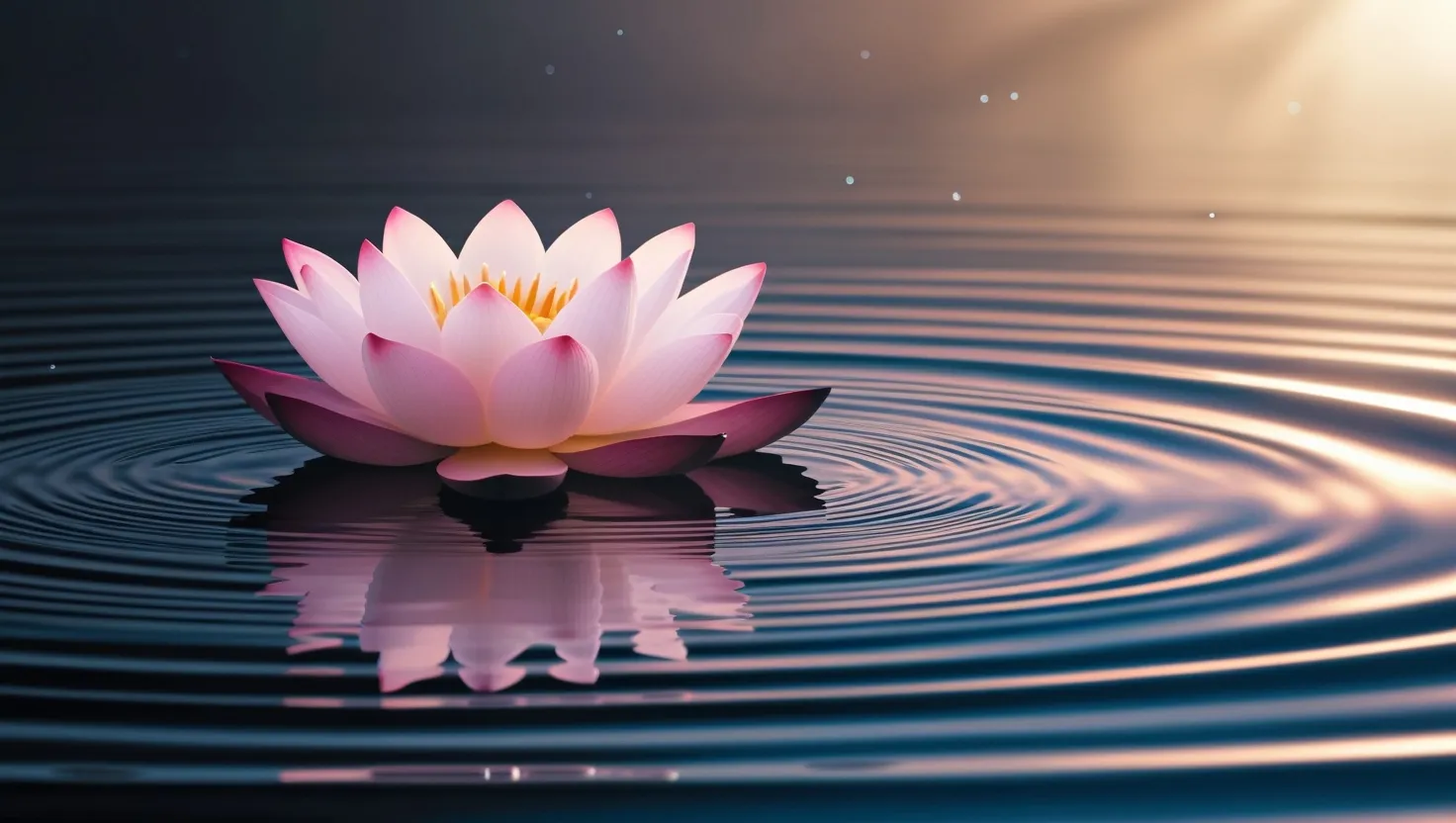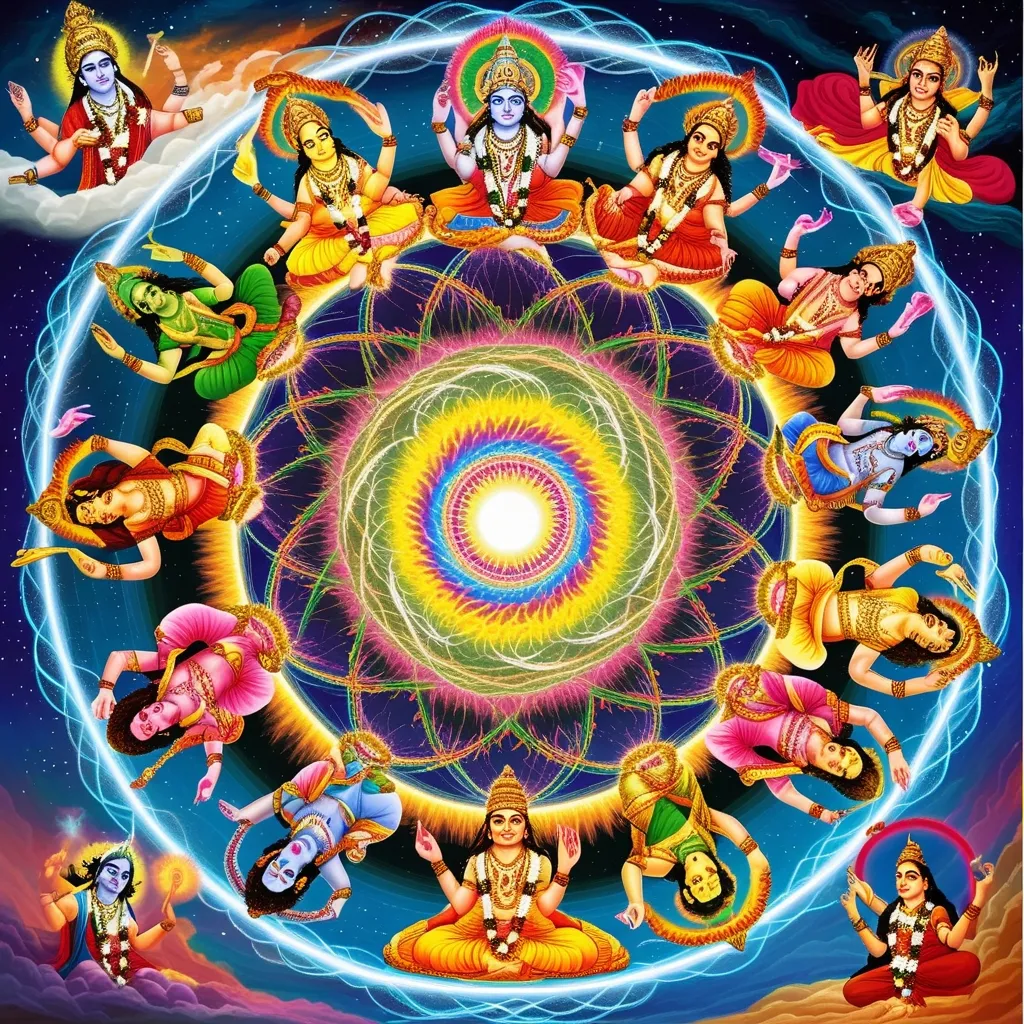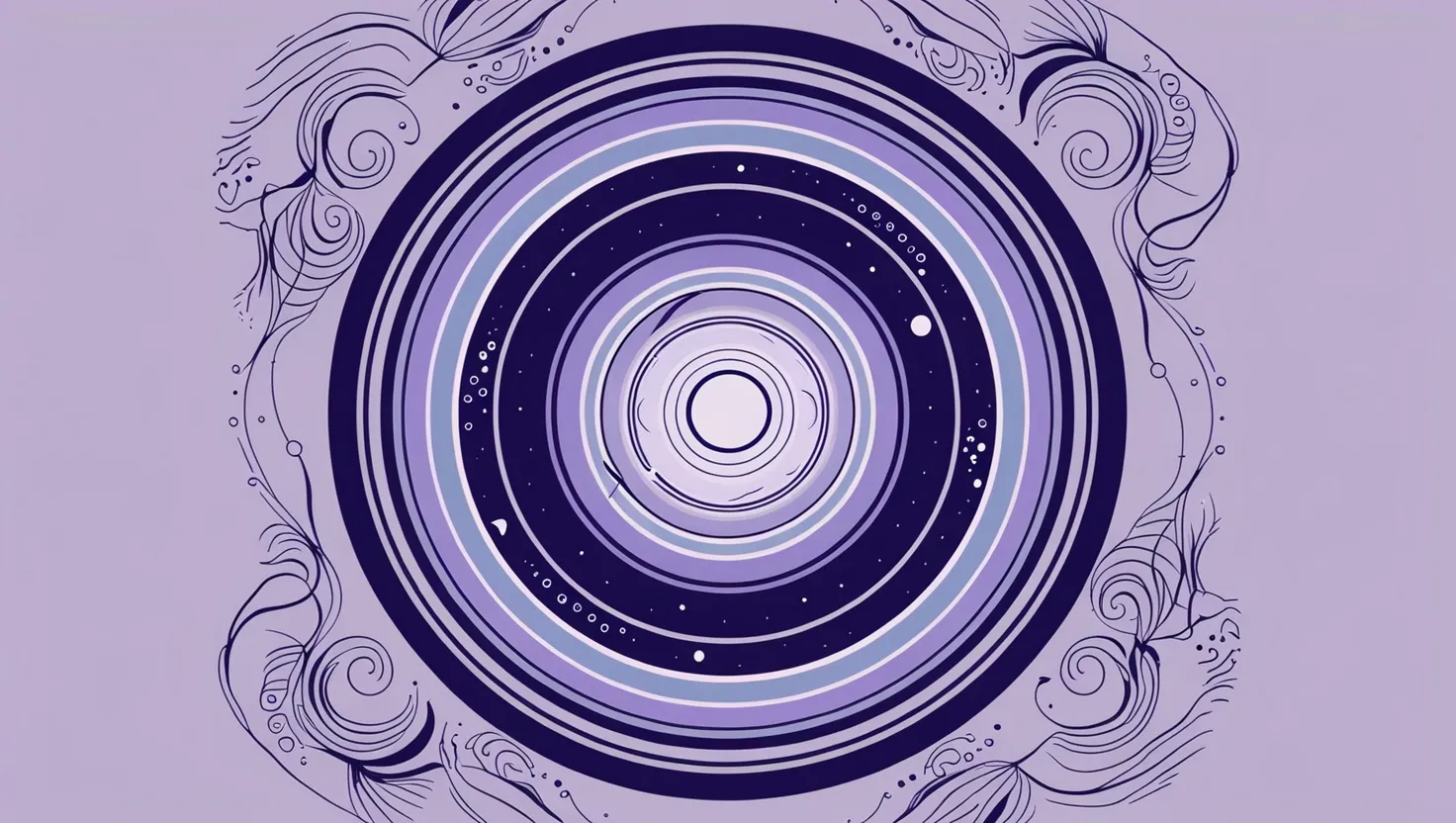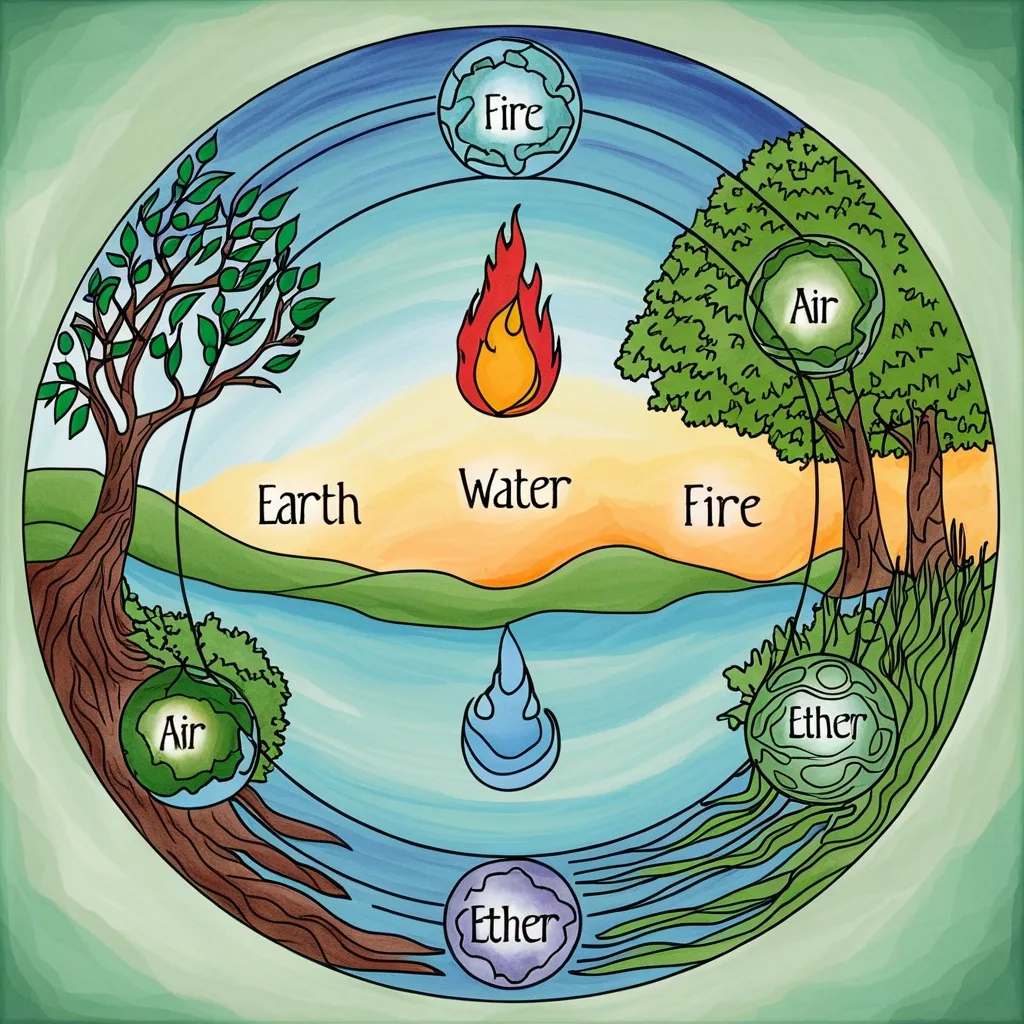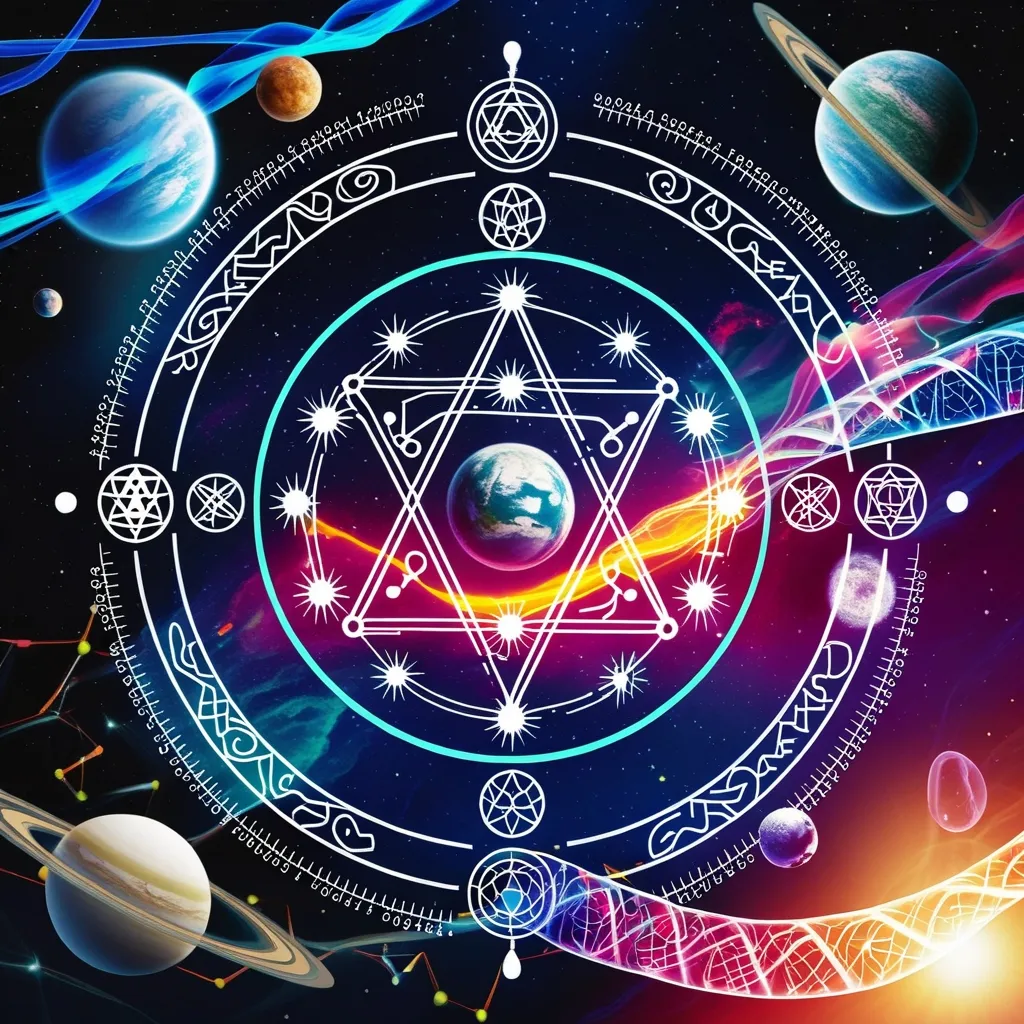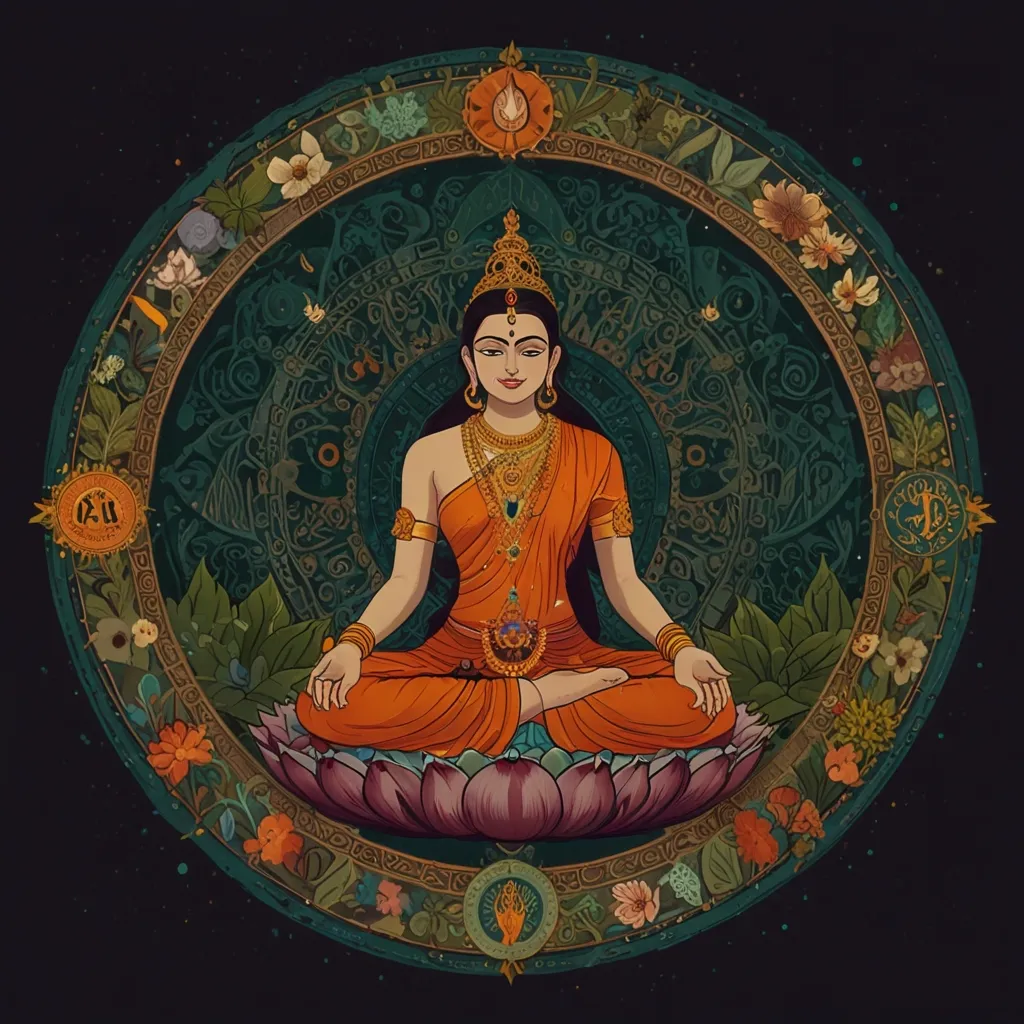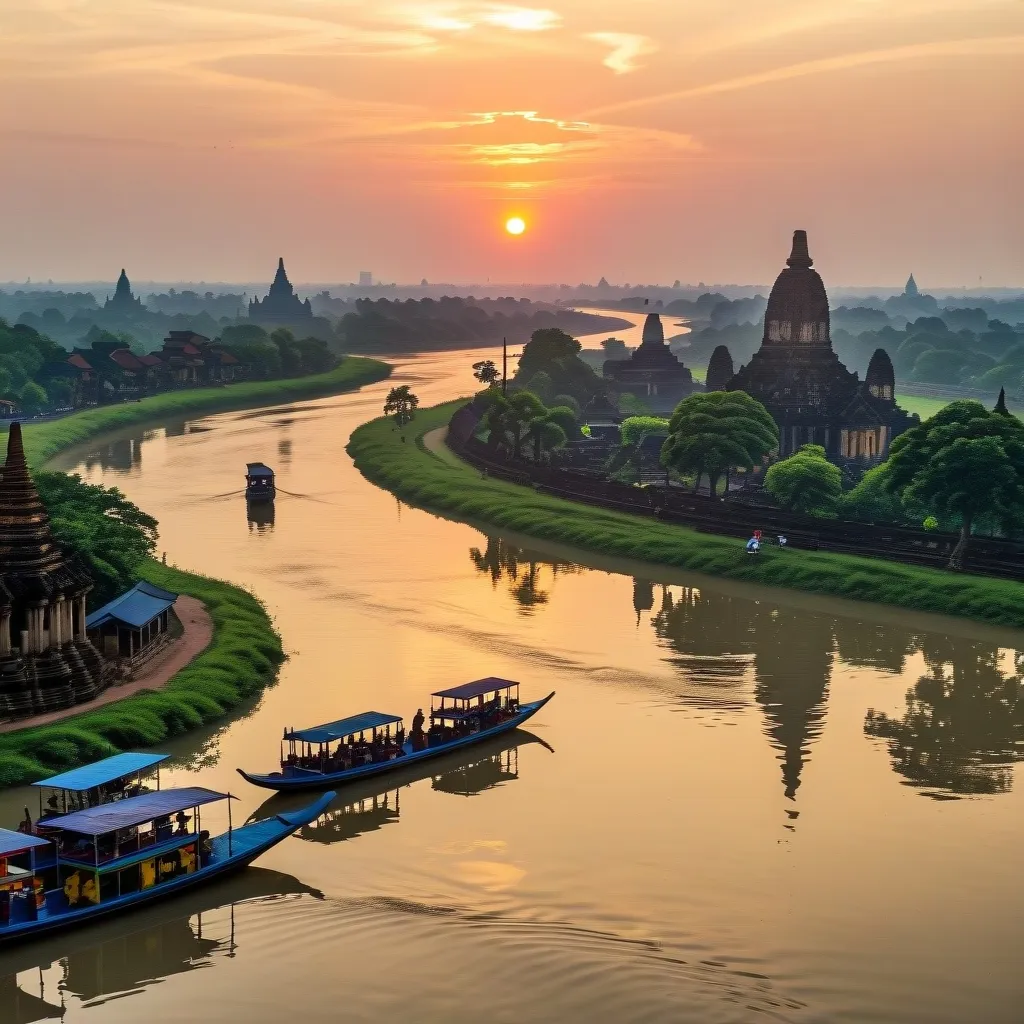The Concept of Maya: Illusion and Reality in Hindu Philosophy
In the vast landscape of Hindu philosophy, few concepts are as fascinating and fundamental as Maya. This idea shapes how we understand reality, consciousness, and our place in the universe. Maya isn’t simply an abstract philosophical notion but a practical lens through which we can examine our daily experiences and perceptions.
At its core, Maya refers to the veil that covers our true nature and the genuine character of the world around us. It’s the powerful force creating the cosmic illusion that what we perceive is the complete reality. The word itself carries the meaning of “appearance” – suggesting that what we experience is just the surface of something much deeper.
“The world is an illusion, but the illusion is real.” This paradoxical statement captures the essence of Maya. What does this mean for us in practical terms? Have you ever considered that what you perceive as solid reality might be more flexible and subjective than you imagine?
Maya operates in our lives through the conditioning of our consciousness. Our minds, influenced by past experiences, cultural frameworks, and inherent tendencies, construct a limited version of reality that we mistake for the whole picture. It’s like watching a movie and becoming so absorbed that you temporarily forget you’re seeing only projected images on a screen.
The power of Maya lies in its subtlety. We don’t realize we’re under its influence because it operates at the very foundation of our perception. In the Advaita Vedanta school of Hindu philosophy, Maya co-exists with Brahman – the Ultimate Principle or pure Consciousness. While Brahman represents the unchanging, eternal reality, Maya is the dynamic, ever-changing appearance of that reality in forms we can perceive.
When we look at a wave in the ocean, we see it as separate from other waves and the ocean itself. But this separation exists only in our perception. The wave is nothing but the ocean in a particular form at a particular moment. Similarly, Maya creates the appearance of separation where there is only unity.
“The true seeing is when one sees the self in all and all in the self.” How might this perspective change your relationship with others if you truly saw them as extensions of the same consciousness that you are?
The Upanishads, ancient Hindu texts, describe Maya as “the indifferent aggregate of all the possibilities of emanatory or derived existences, pre-existing with Brahman.” Think of it as the infinite potential contained within a seed before it grows into a tree. The seed doesn’t just contain the blueprint for a single tree but holds within it the possibility of forests spanning generations.
It’s important to clarify that Maya doesn’t imply the world is completely false or non-existent. Rather, it suggests that our ordinary perception doesn’t reveal the hidden principles and true nature of reality. Maya is the literal interpretation of experience, while Brahman represents the deeper, figurative truth behind appearances.
I find it helpful to think of Maya as similar to our relationship with movies or video games. When watching a horror film, we know intellectually that what we’re seeing isn’t real, yet we still feel fear. The emotional response is genuine even though the stimulus is an illusion. Maya operates in a similar way – our experiences in the world generate real feelings and consequences even if the ultimate reality is different from what we perceive.
The concept of Maya serves a practical purpose in spiritual development. By recognizing the illusory aspects of material attachments and temporary pleasures, we can redirect our attention toward more lasting truths. Have you noticed how quickly the things that seemed so important yesterday fade in significance today?
Under Maya’s influence, we mistakenly identify with our temporary bodies and everything connected to them – race, gender, nationality, possessions, and social status. This false identification leads to what Hindu philosophy calls “false-ego” – a mistaken sense of who we truly are. This error compounds as we attempt to control and enjoy matter, serving desires that can never be permanently satisfied.
The three gunas (qualities of nature) – sattva (goodness), rajas (passion), and tamas (ignorance) – influence how deeply we’re affected by Maya. In the state of tamas, we’re completely confused about right and wrong. In rajas, we oscillate between enjoyment and regret. Only in sattva do we begin to develop the wisdom to see things as they truly are.
“The world is not to be rejected but seen correctly.” This perspective offers a middle path between denial of the world and blind acceptance of appearances. What aspects of your life might you see differently if you viewed them through this lens?
Maya isn’t just about the past or philosophical tradition – it remains remarkably relevant in our modern context. Consider how technology and media create versions of reality that captivate our attention. Social media presents carefully curated versions of lives that we compare ourselves to. Advertising creates desires for things we never knew we wanted. Political rhetoric constructs narratives that shape how we understand current events. All of these are modern manifestations of Maya – illusions that feel real and influence our behavior.
The good news is that Hindu philosophy offers practical methods for seeing through these illusions. Meditation practices train the mind to distinguish between the changing appearances and the unchanging witness of those appearances. Ethical guidelines help us avoid becoming further entangled in illusion through harmful actions. Self-inquiry leads us to question our assumptions about who we are and what we need for fulfillment.
Understanding Maya doesn’t mean withdrawing from life or denying the validity of our experiences. Instead, it helps us engage with life more fully by recognizing both the relative and absolute dimensions of reality. We can enjoy the play of forms while remembering the formless awareness that makes all experience possible.
“Truth is one, though the sages know it as many.” This ancient wisdom reminds us that the various traditions and teachings about Maya all point toward the same fundamental insight. How might your perspective expand if you could hold multiple viewpoints simultaneously?
The journey beyond Maya isn’t about escaping the world but transforming our relationship with it. As we become less identified with temporary appearances and more established in awareness itself, we naturally become less reactive, more compassionate, and more effective in our actions. This shift isn’t just philosophical – it has practical implications for how we handle challenges, relate to others, and find meaning in life.
In my own exploration of this concept, I’ve found that simply remembering to question my perceptions creates space for new possibilities. When I catch myself becoming completely absorbed in a problem or conflict, I ask: “Is this the complete reality of the situation? What might I not be seeing?” This simple practice doesn’t immediately dissolve Maya, but it does loosen its grip.
The ultimate goal in Hindu philosophy is to transcend Maya entirely and directly experience Brahman – absolute reality. This experience is described as liberation (moksha) from the cycle of birth and death. But even before reaching this ultimate state, each glimpse beyond the veil of illusion brings greater peace, clarity, and freedom in our everyday lives.
“The true nature of things is empty of the way we perceive them.” Have you ever had a moment when your perception suddenly shifted, revealing something that was there all along but hidden from your awareness?
Maya reminds us to hold our knowledge lightly and remain open to perspectives beyond our current understanding. It suggests that what we don’t know is vastly greater than what we do know, and that true wisdom includes recognizing the limits of our perception.
As we continue to examine our lives through the lens of Maya, we develop greater discernment between the transient and the eternal, between what changes and what remains constant through all changes. This discernment doesn’t lead to rejection of the world but to a more balanced and authentic engagement with it – appreciating its beauty and responding to its challenges without becoming lost in either.
The concept of Maya offers both an intellectual framework and a practical path for understanding the nature of existence. By exploring this ancient wisdom with an open mind, we discover fresh insights that remain surprisingly relevant to our modern lives and challenges.
